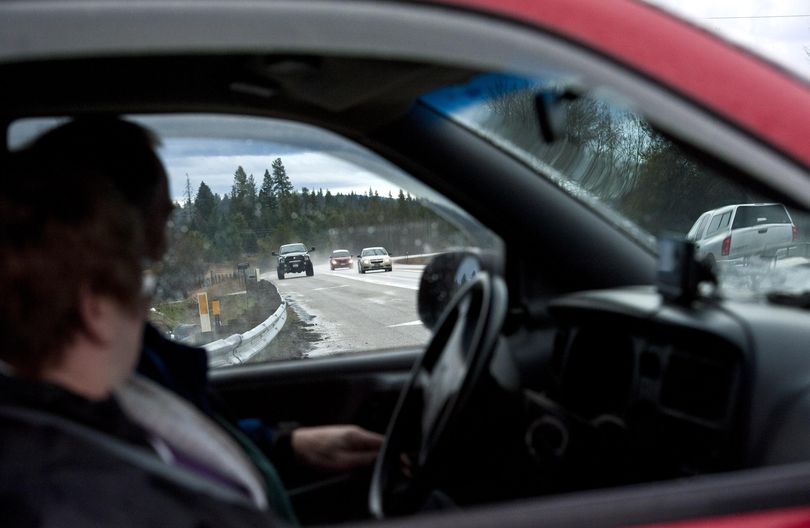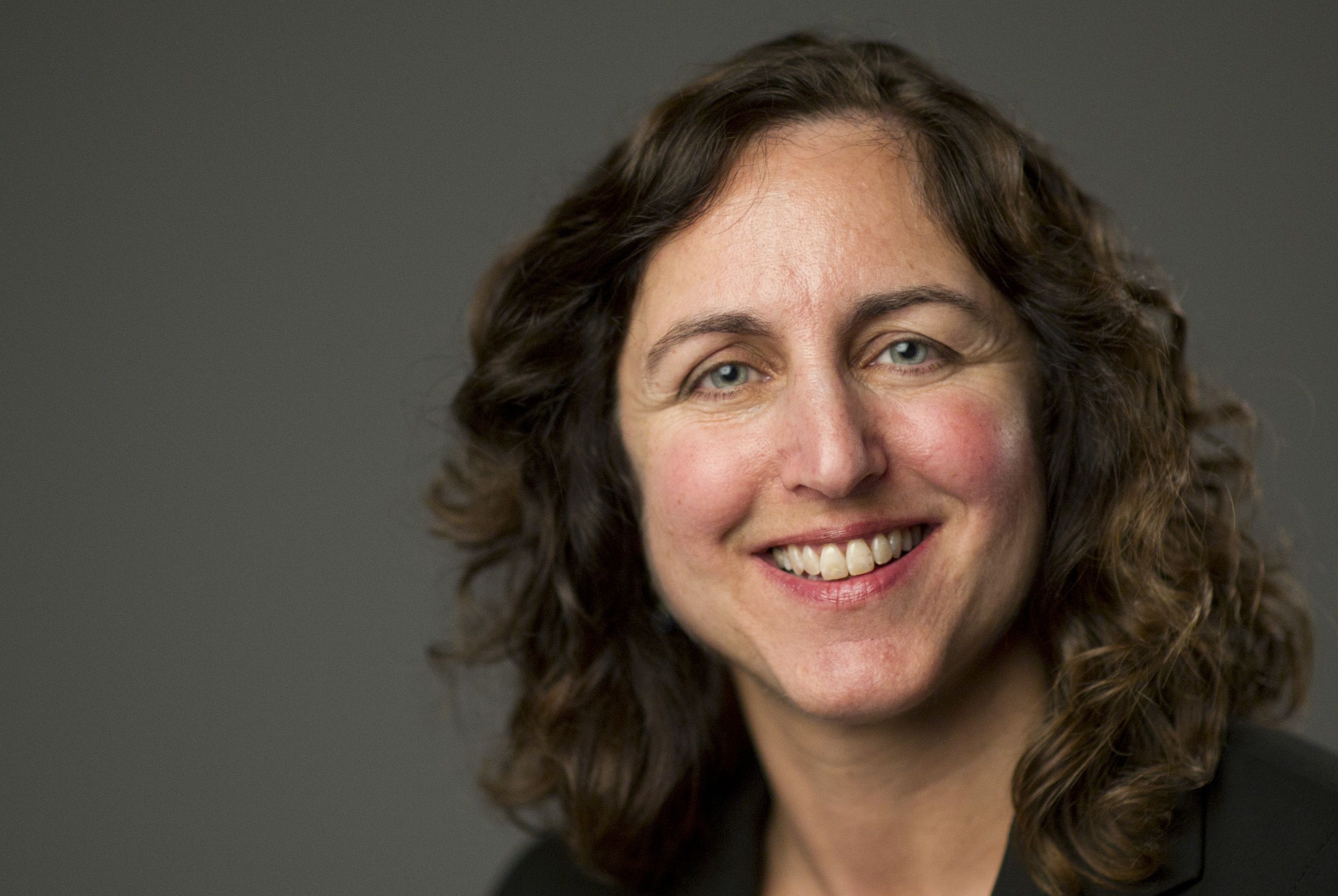Two major Highway 95 projects in North Idaho could be funded under transportation bill

By Betsy Z. Russell
BOISE – Two major construction projects on U.S. Highway 95 in North Idaho are at the top of the list for funding if Gov. Butch Otter signs a major transportation bill that lawmakers passed in the closing days of this year’s legislative session.
“It’s exciting,” said Sen. Bob Nonini, R-Coeur d’Alene. “I think 95’s been a need that’s needed to be addressed for years.”
The legislation calls for $300 million in new GARVEE bonding, a type of bonding that lets states borrow against their future federal highway allocations. The bill also includes several other funding pieces.
Though much of the debate during the legislative session focused on the badly deteriorated, congested stretch of Interstate 84 through Canyon County west of Boise – which is expected to gobble up at least half of the $300 million – two North Idaho projects also sit atop the list of candidates for funding.
 Both are in the Garwood-to-Sagle corridor, a stretch of U.S. 95 north of Coeur d’Alene that’s long been slated to become essentially a four-lane, divided, limited-access freeway from Coeur d’Alene to Sandpoint. The last round of GARVEE bonding in the state, which ran from 2005 to 2015, improved just under half of the Garwood-to-Sagle stretch, converting 14.8 miles of the 31.5-mile route into a limited-access, four-lane highway.
Both are in the Garwood-to-Sagle corridor, a stretch of U.S. 95 north of Coeur d’Alene that’s long been slated to become essentially a four-lane, divided, limited-access freeway from Coeur d’Alene to Sandpoint. The last round of GARVEE bonding in the state, which ran from 2005 to 2015, improved just under half of the Garwood-to-Sagle stretch, converting 14.8 miles of the 31.5-mile route into a limited-access, four-lane highway.
The two new projects include a 1.6-mile extension of the four-lane highway, complete with a realigned roadway to reduce curves and new frontage roads. It would start from where the four-lane road currently ends to the top of Granite Hill, near the Kootenai-Bonner county line.
“That’s a very dangerous section of highway,” said Sen. Shawn Keough, R-Sandpoint. “You’ve got traffic going 70 that has to slow down to 60 … and then people are turning on or off the highway with no room. There have been two fatalities in the last year alone there.”
Keough knows the road well – she commutes daily from Sandpoint to Coeur d’Alene. Still, she finds the cost of the upgrade startling: $22.5 million. “It’s just mind-boggling to me how much these things cost,” she said.
According to the Idaho Transportation Department, the project would correct a “high-speed curve challenged area,” and would require extensive rock excavation, drainage improvements and realignment of the road.
The other project would build a new interchange at the intersection of state Highway 53 and U.S. 95 at the southern end of the Garwood-to-Sagle corridor, just north of Coeur d’Alene. That project, which also includes a new frontage road, has an even higher price tag: $23.5 million.
“It’s a big, sharp corner there, going into 53,” said Rep. Eric Redman, R-Athol, a co-sponsor of the transportation bill.
Redman said for big, expensive projects like these, “I don’t see any other way of generating enough cash to do this without GARVEE, right now.”
The transportation bill was controversial. Keough and Nonini both voted against it, though both said they would have considered supporting a separate bill that only included the $300 million in GARVEE bonding. That measure never came up for a vote in the full Senate.
Nonini said the various pieces that were included in the bill, including a diversion of $15 million next year from the state general fund to roads, weren’t well vetted in public hearings.
“It wasn’t as open and transparent as I would hope, with committee meetings and discussions,” he said. “It was rushed at the last minute.”
Keough said she supports GARVEE bonding as a tool, but questioned why lawmakers didn’t also consider raising the gas tax, the source Idaho traditionally has used to fund its roads. Idaho’s state gas tax is now 32 cents per gallon; Washington’s is 49.4 cents per gallon.
Keough said a 10-cent increase in Idaho’s gas tax would have raised $50 million a year, and been a more reliable funding source than shifting money from the general fund or tapping unexpected budget surpluses, both of which were included in the bill.
“I don’t understand why we just weren’t even allowed to really have a debate about it and consider that policy,” she said.
Sen. Chuck Winder, R-Boise, said the high-profile freeway stretch in Canyon County clearly drove the urgency of the debate on transportation funding this year, as did major winter road damage. But the I-84 project can’t swallow up the whole $300 million in bonds, even though fixing the entire route there is estimated to cost $330 million.
That’s because environmental studies only have been completed on the first and most complex half of the route, which includes multiple bridges and interchanges. “That’s about a $150 million estimate,” Winder said. He said he hopes ITD also would use some of the bond proceeds to launch the environmental studies on the rest of the stretch, but those take four to five years to complete.
In North Idaho, the environmental studies for the entire 31.5-mile Garwood-to-Sagle stretch of U.S. 95 were completed under the first round of GARVEE bonding, so the two projects are ready to go.
If Gov. Butch Otter signs the legislation into law, the Idaho Transportation Board would make the final call as to which projects get funded. But Winder, a former ITD board chairman, said the department has been clear for the past year that I-84 and the two U.S. 95 projects are at the top of the priority list.
Scott Stokes, ITD deputy director, said the two North Idaho projects are “good candidate projects – each would complement the improvements already constructed on U.S. 95.”
Otter has until Monday to decide whether to sign or veto the bill. If he doesn’t act by then, it would become law without his signature. Though he’s long pushed for more road funding, Otter also has long opposed shifting money from the state general fund, which supports schools, prisons, health and welfare and other needs.
Nonini noted that GARVEE bond-funded projects have made a big difference in North Idaho, not only in the Garwood-to-Sagle corridor but also in the Worley-to-Setters area south of Coeur d’Alene, where $5.5 million was spent to realign and widen an extremely accident-prone, twisting section of U.S. 95 that stretched for 5.5 miles. That work was completed in 2015.
“We’re very appreciative of that,” Nonini said. “It made it a lot safer for people, a lot less accidents and fatalities. … What’s been done in northern Idaho on Highway 95 has been great stuff.”
